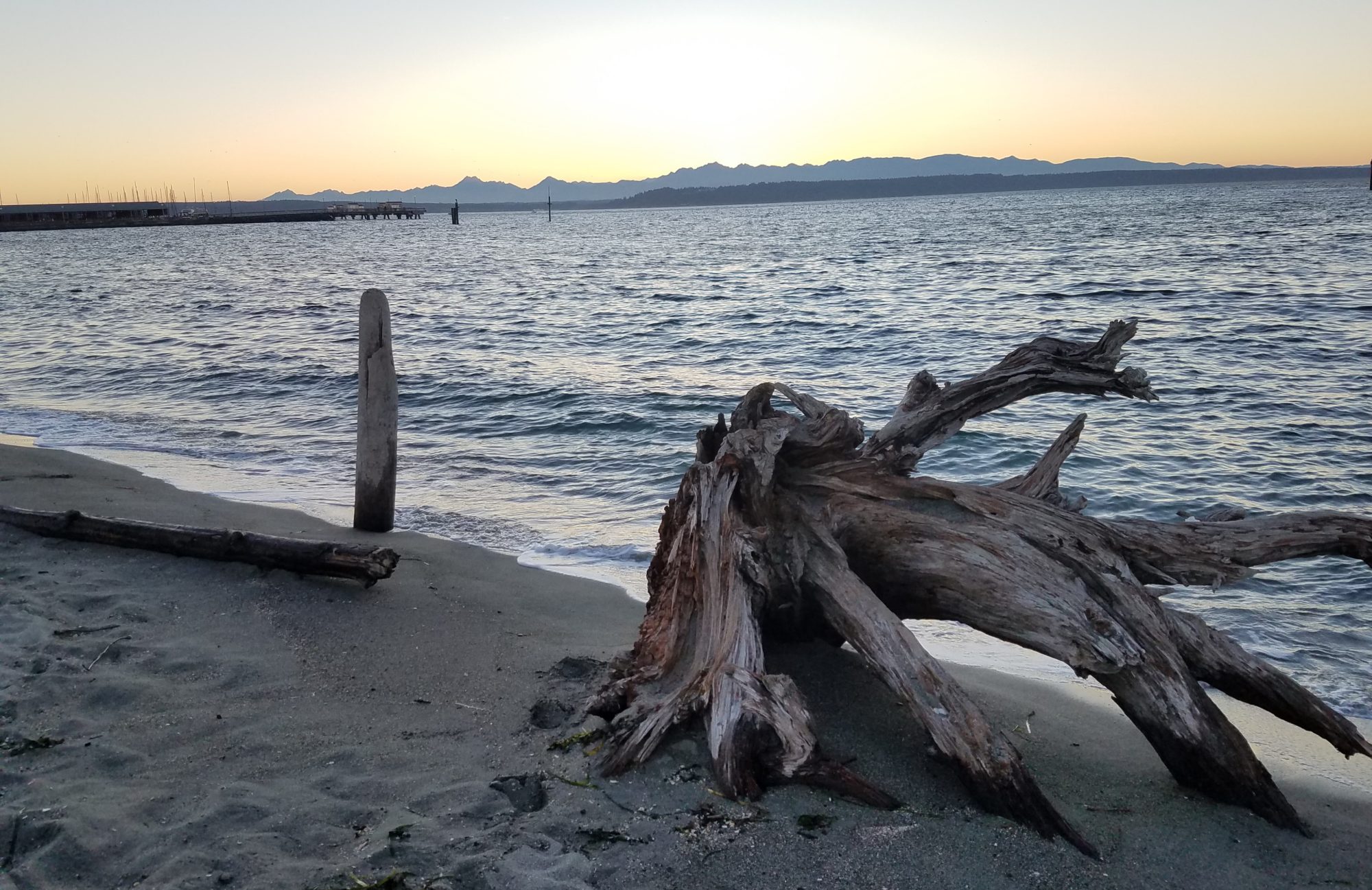One of my favorite and most treasured practices from my Sufi Tradition is called “The Four Surrenders.” A link to the full practice is included below.
Lately, I have been feeling a deep sense of unraveling and re-assessment of everything I “know” – all of the stories that make up the life I walk through.
It all started with an intense and vivid dream in which I was walking with friends, one of whom was indigenous, in a large garden or arboretum. As we walked we found signposts identifying different aspects of the garden but they were full of colonialist stories that simply didn’t reflect the reality of the land and its ancient stories. So at each place, we stopped and put up arrows pointing in many different directions.
As I sat with this dream in meditation and consultation with beloved friends and teachers, I understood this was a view of my inner garden. And a calling to consider all of the stories I thought were real and the many different ways they might now be able to evolve.
But my ego put up quite a fight when I started this work. Fear of loss and being abandoned and alone all rose up in my heart as I considered letting go of all those stories.
I sat one afternoon in my sit spot near a lovely creek and was reminded of what it does so exquisitely and beautifully – surrender and flow.
I began the four surrenders practice. Briefly, either using the breath or prostrations (or both), that entails letting go of all that is standing in the way of being in the now; then letting go of all your identities, the small self, the labels you assign to yourself (e.g, teacher, father, social justice worker…); then surrendering the need to KNOW anything, and finally surrendering into the arms of the Divine.
As I sat in this practice in the presence of the manuscript of Nature that demonstrated perfectly what I needed to remember, with the guidance of the creeks flow, I fell into a fifth surrender – letting go of even the lap of the Divine and accepting that none of it is real. That there is NOTHING there.
From that place of emptiness, each breath became a new blessing, each moment a new opportunity to open to a new story. A new story, granted by grace, that at that moment was the story that lifted up the whole creation in beauty and harmony and love. But with no attachment, because in the next breath – all five surrenders happened again and everything was emptiness.
The Sufi poem by Shabistari (that is also a Dance of Universal Peace) circles and splashes in my heart:
Go sweep out the chambers of your heart
Make it ready, make it ready
To be the dwelling of the beloved.
When you depart, love will enter
In you, void of yourself
God will display [their] beauty.
So, as the light begins its return for us in the Northern hemisphere of this heartbreakingly beautiful and magnificent and wounded planet, as the clock of our invented time tells us a new year has begun, as we are blessed with noticing our stories and making new choices – I offer this fifth surrender with love to all of my beloveds. May we all find hope, love, joy, community, and resilience in the face of the many challenges that stand before us.
Link to The Four Surrenders Practice
